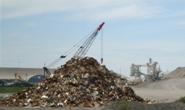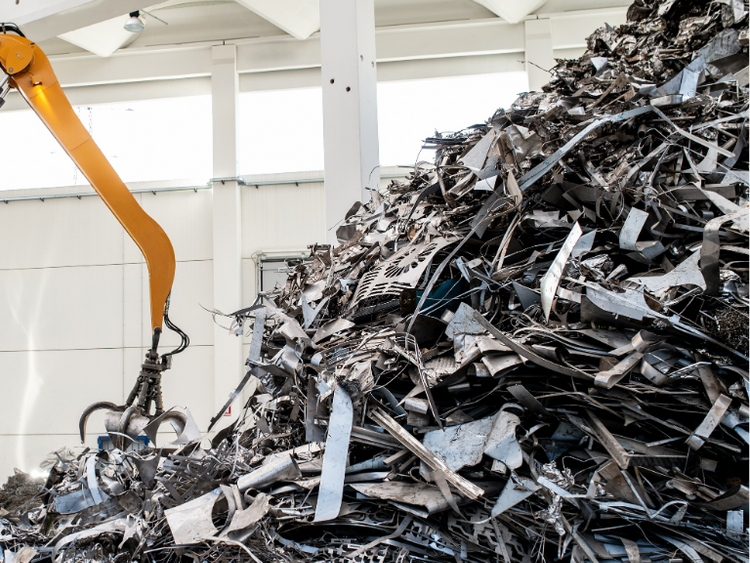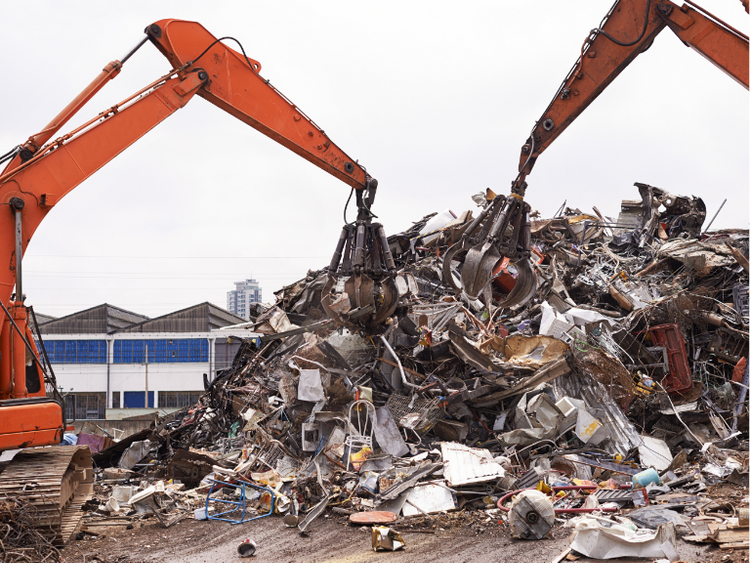Scrap Prices North America

January Ferrous Scrap Prices Forecast to Rise $20 to $50
Written by John Packard
December 29, 2013
Ferrous scrap prices are expected to rise as we enter the New Year. Early indications are for scrap prices to make a rather serious move as cold weather sets into the North, further reducing already weak flows of the material into the scrap yards. Prices are forecast to move a minimum of $20-$30 per gross ton on prime grades and we are hearing from our market sources that scrap prices could reach $50 per gross ton in certain markets on heavy melt since much of the HMS material is being shredded.
We understand there has been one sale of shredded scrap made to a mini-mill in Ohio at $445 per gross ton delivered which is up $25 per gross ton above their December pricing.
One of the larger scrap organizations told SMU over the weekend, “There seems to be a building consensus of stronger scrap prices heading into next week. The absolute amount is unknown, but the trend is stronger, particularly on obsolete grades.” This source pointed to, “Solid demand with inadequate supply resulting in rising prices.” They pointed to strong demand with a “resurgence of construction-related steel products” which would increase the overall operating rates of the domestic mills through the 1st half 2014.
One of our East Coast scrap sources spent some time breaking down the market for us with the following:
“Back in May 2012 I remember telling you that we were in the midst of a very significant price correction for US scrap. We had seen some demand weakening throughout the spring. China was slowing down but we did not know at that time just how much it would affect us. We didn’t know when it would happen exactly, but we were a few weeks away from saying goodbye to RG Steel as an operating entity and scrap buyer. Europe was still a complete mess and slowing more and more. Since then, we have been continued to see volatile scrap markets but scrap has generally traded range bound under the $400 level for obsolete grades, and occasionally above it for prime grades.
“But this past October, things seemed to change again. Many observers thought scrap would be down $20/GT or so from September levels. But markets moved sideways that month and have shot up more than 15% or about $60/GT for obsolete grades since, and we are posed for more gains come January. I think we may be at the beginning of another substantial and prolonged new scrap pricing paradigm. My read on why this is happening is twofold.
“First, flows into our yards are very tight, in fact tighter than I have seen it in years (think back to early 2009 when prices were half of what they are today). And even with the price increases we’ve seen over the last 60 days flows have not really improved. There just does not seem to be a lot of scrap out there. I keep telling people we have shred and cut a lot of scrap over the last 10 years and the reservoir is shallower than is has been at any time in decades. A few dealers may be holding some inventory but on the whole it’s not enough to really move the needle. Scrap flows have historically always responded to price increases, and we will continue to see increases as long as demand remains even steady until we get to a new equilibrium point. Where that will be I am not sure.
“I think January brings another $35/GT +/- increase to take shred above the $460/GT level in the OH Valley. It may go even higher. The price premium for prime over shred will largely disappear in January. These prices will allow shredders to generally move above the $300/GT price for shredder scrap including vehicles. This may be a price threshold that brings out more scrap.
“How long this will last brings us to the second reason I mention above. Demand seems to be improving. Some of it is seasonal. But some may be more than that. Flat rolled is steaming along. Mittal’s purchase of TK is a good thing even for the scrap business because it will give the mills some pricing power. Long products (non-res construction) may get better as 2014 progresses. Europe is improving. If MENA stabilizes, will demand improve there? Yes, imports of foreign steel into the US are a concern but some expect import prices to rise as domestic prices rise too. What about the Nucor DRI plant? DRI seems to be ready to first displace pig iron before scrap. Will this new DRI supply ultimately impact scrap too? Certainly, but if scrap demand improves on the back of a better 2014 in the US steel business, that impact will not be severe.
“So while the rally so far has been largely supply driven, how long it lasts will depend on demand. If you believe in a good 2014 for steel producers, scrap suppliers should fare pretty well too.”
SMU Note: If scrap prices do indeed break out to new levels and the market shifts to higher demand and weaker flows – this could push flat rolled steel prices much higher. There is a mixed opinion in the marketplace regarding steel prices having essentially peaked at current levels. The thought is that imports and new domestic supply (blast furnaces coming back online and maintenance projects ending) will temper demand by late 1st Quarter and into second quarter 2014. If imports are not quite as strong (or cheap) as thought (less than 3.5 million tons per month) – especially on flat rolled – and scrap prices surge then the theory of a quick drop may be over-blown.
Steel Market Update Price Momentum Indicator is still pointing toward higher prices over the next 30 days.

John Packard
Read more from John PackardLatest in Scrap Prices North America

HRC vs. busheling spread widens again in July
The price spread between prime scrap and hot-rolled coil widened marginally again in July.

US ferrous scrap market lands flat in July
The US ferrous scrap market settled sideways in July.

HRC vs. prime scrap spread widens in June
The price spread between HRC and prime scrap widened in June.

Ferrous scrap pricing sideways in June
Ferrous scrap prices in the US have remained stable from May to June.

HRC vs. scrap spread widens over $150/ton in March
The HRC vs. prime scrap spread increased again in March.
